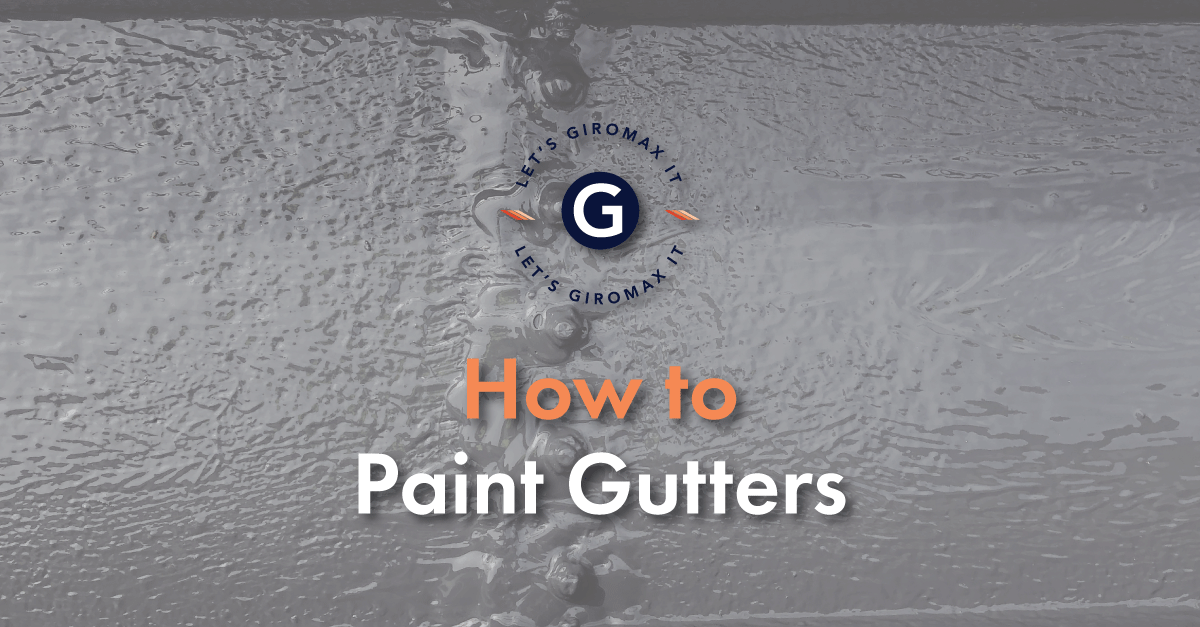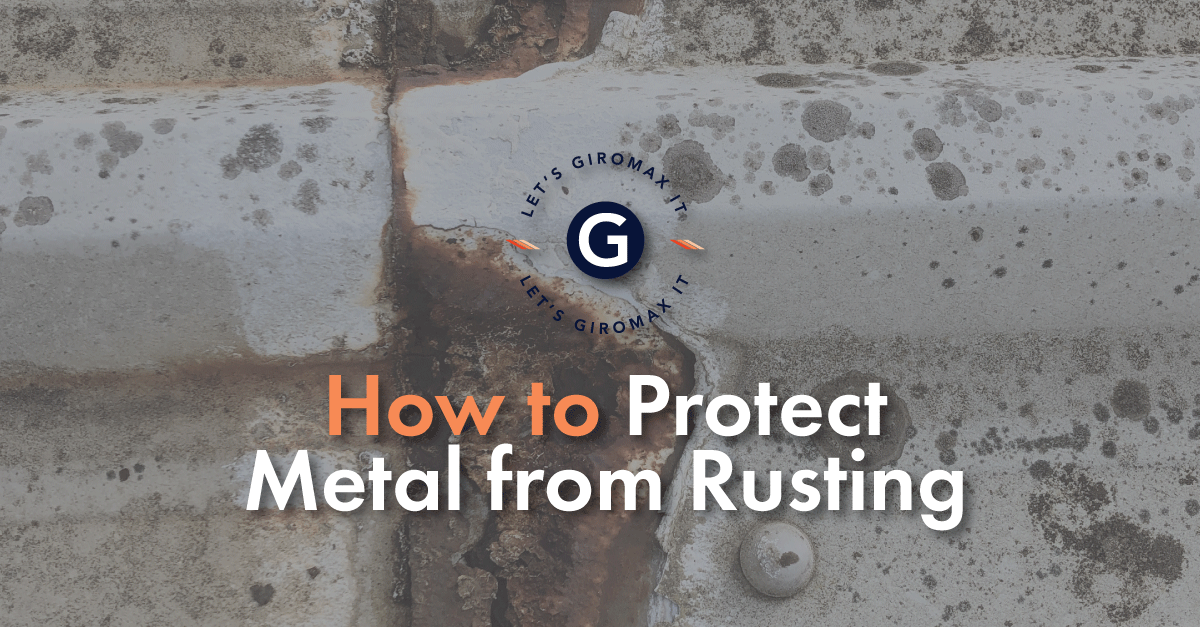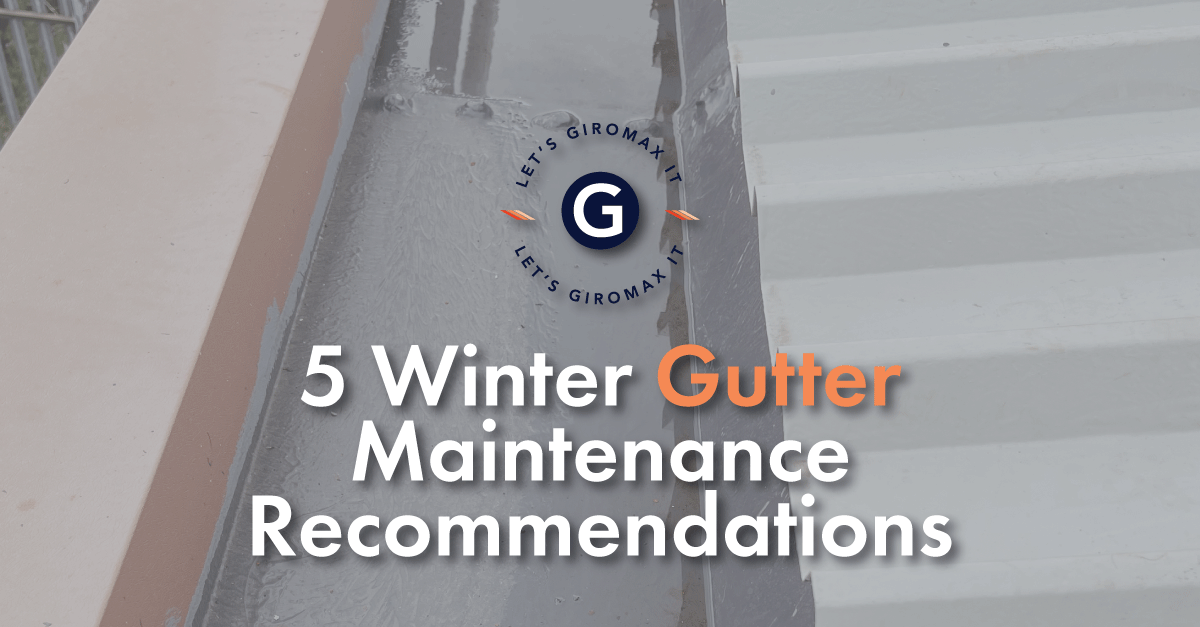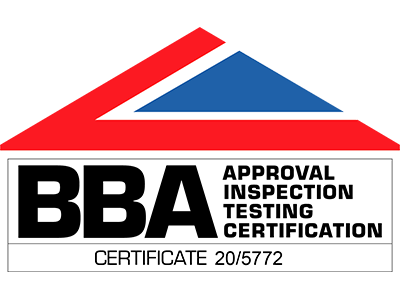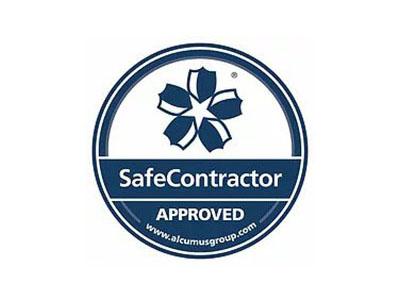How to Paint Gutters
Repainting gutters effectively relies on the right approach. We look at the best way to paint a gutter, such as tools and removing old paint.
When you are looking to paint gutters, using the right approach is essential. If you are a building owner wanting to enhance the look of your property, you will want to achieve a good aesthetic finish. Alternatively, if you are a facilities manager looking to maintain the exterior of a building, then durability and longevity will be a top priority. In this article, we look at best practice approaches for repainting gutters and suggested coating solutions.
Materials and Tools Needed
Gutters can be made from a variety of materials, such as plastic, aluminium, galvanised steel, copper, cast iron, lead and asbestos cement. Therefore, you will need to carefully consider the type of coating and tools to use to repaint a gutter.
Below are several things to consider:
- When repainting gutters made from asbestos cement, there are specific best practice guidelines. It’s important to make sure that the asbestos cement isn’t damaged or cracked, as hazardous fibres may be released. This includes the removal and disposal of asbestos-based waste products. Please see the Health and Safety Executive Guidance (HSE) on tasks relating to asbestos.
- Repainting industrial gutters comes with a different set of challenges compared to painting domestic gutters. Both scenarios may involve scaffolding, but in the case of high industrial buildings, extra safety protocols may be needed where there is no roof access. For more information, please see the HSE Guidance on working at height.
- Depending on the type of gutter and fixings, you will need certain tools as well as painting equipment, as follows:
- Ladder or CAT ladder (or scaffolding depending on the building), measuring tape and a screwdriver to undo fixings (if needed).
- A low-pressure washer, plastic knife, cloths, and a brush for cleaning the gutter.
- Sandpaper and rust scrapers. Specific abrasion equipment will be needed for industrial gutter systems.
- Rollers and brushes, paint trays, dust sheets and drop cloths. For industrial guttering systems, contractors use specific paint-spraying equipment that require professional training.
- Paint stripper, brush cleaner, primer, and gutter paint. For industrial and commercial buildings, it’s recommended to use a trained professional to apply your commercial gutter coating.
- PPE such as facemasks and gloves.
How to Paint Gutters?
There are several steps needed to paint a gutter, as follows:
1. Clean the Gutters
Surfaces to be treated must be free from dirt, mould, oil and grease before any paint can be applied. Clean out the gutter by removing any silt, moss, foliage and debris. Remove old treatments, dirt, grease, and any surface contaminants before painting rain gutters. Use a low-pressure washer if appropriate, brushes and cloths to carefully remove all dirt and debris from the surface without damaging the gutter.
2. Remove Old Paint and Rust
It’s important to remove old paint residues and rust patches. Mechanical and manual abrasion methods can be used, depending on the substrate. You will need to reach all nooks and crannies without damaging the guttering system.
For industrial guttering, use rust scrapers or abrasion methods on galvanised steel and cast-iron gutters. Remove loose, flaking and heavy pack corrosion to ST3 standard of EN ISO 8501-1:2007. Key the surface and ensure the surface is not polished.
3. Paint the Base Coat
It’s time to apply the base coat using a paint brush or roller. Always follow the coating guidance when it comes to applying the right level of thickness. Use a brush to paint gutter joint bolts to ensure the coating fully encapsulates and seals these awkward areas.
When it comes to industrial gutters, you might need to apply a sealant to the gutter joint to achieve a smooth fillet. This will encapsulate and visually obscure the leading edge of the overlapping plates and all the fixings used.
4. Paint the Topcoat
Allow the base coat and or/sealant to become touch dry, and then apply a second coat to ensure the guttering system has been fully encapsulated. For certain industrial gutter coatings, the recommended approach would be a spread rate of 2m2 per litre.
Conclusion
There are several steps needed to paint a gutter if you want to achieve a quality finish that will provide adequate protection against weather conditions. Using the right equipment and preparation approach will help the paint to adhere properly and prolong the integrity of the guttering system.
Giromax® Guttercoat offers a cost-efficient way for building owners and facilities managers to enhance and maintain the exterior of a building. This highly durable coating can be used to both repair and protect your guttering system. Guaranteed for up to 15 years, Giromax® Guttercoat will extend the lifespan of your gutters, providing an aesthetically pleasing finish.
For more information about our high-quality coating products, call the Giromax® team on 01455 558969 or email: sales.orders@giromax.co.uk
Sources:
(Guttercoat product spec)
https://paintersworld.co.uk/painters-advice/gutter-painting
https://www.rainclear.co.uk/resources/painting-your-gutters-the-complete-guide/
https://www.forbes.com/home-improvement/painting/must-have-painting-tools/
Get updates from us
Sign up to our newsletter to receive all the latest news and insights from Giromax Technology.
Subscribe to NewsletterRelated articles
Working on a Roof: Safety Regulations, Risk Assessment & Best Practices
When working on a roof, understanding work at height regulations and conducting a risk assessment helps to ensure essential safety...
How to Protect Metal from Rusting
When considering how to protect metal from rust, there are treatments for roofs. We look at common methods to prevent...
5 Winter Gutter Maintenance Recommendations
Regular gutter inspections in winter and removal of debris, snow and ice ensures gutters stay clean. We share winter gutter...

